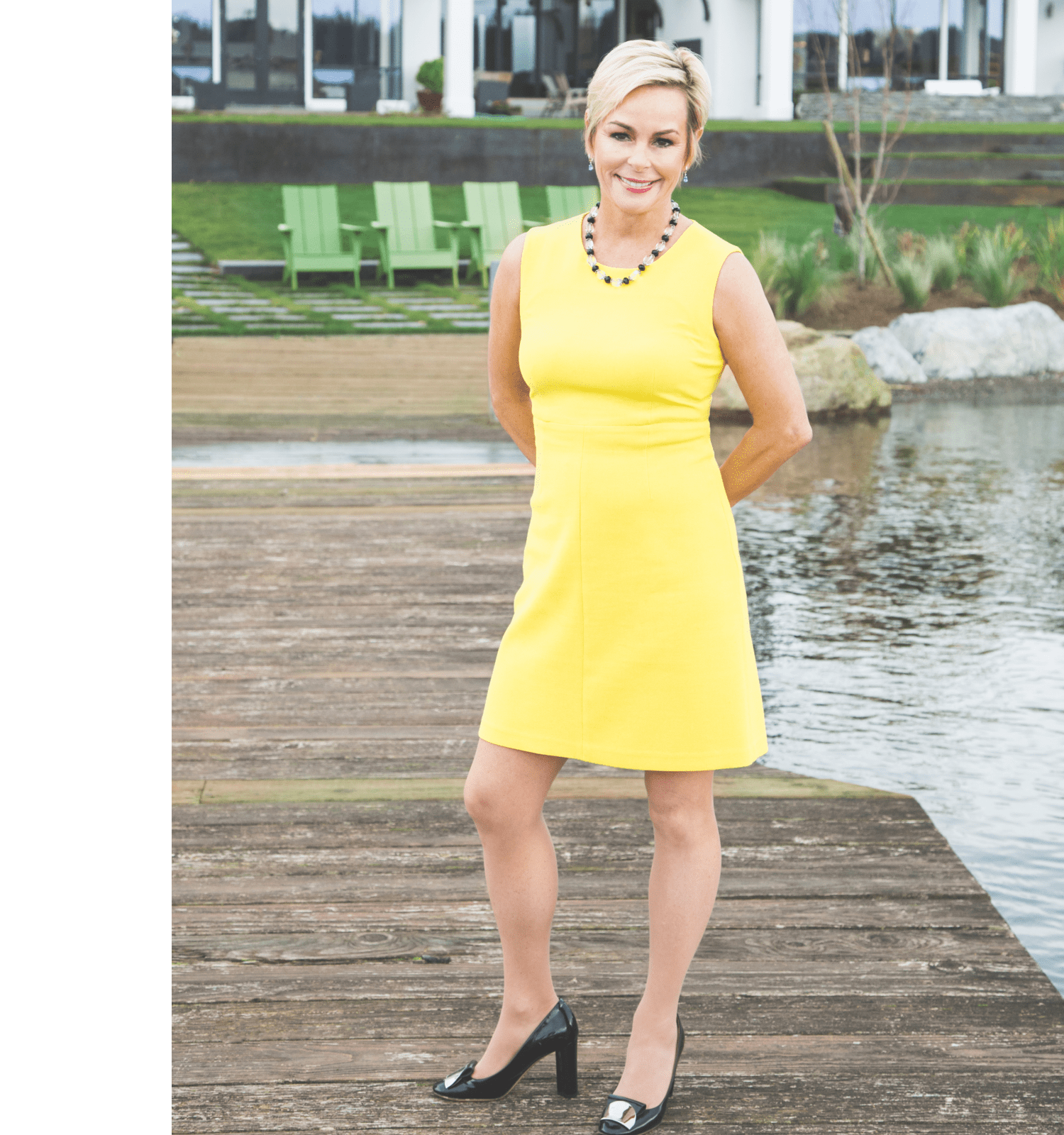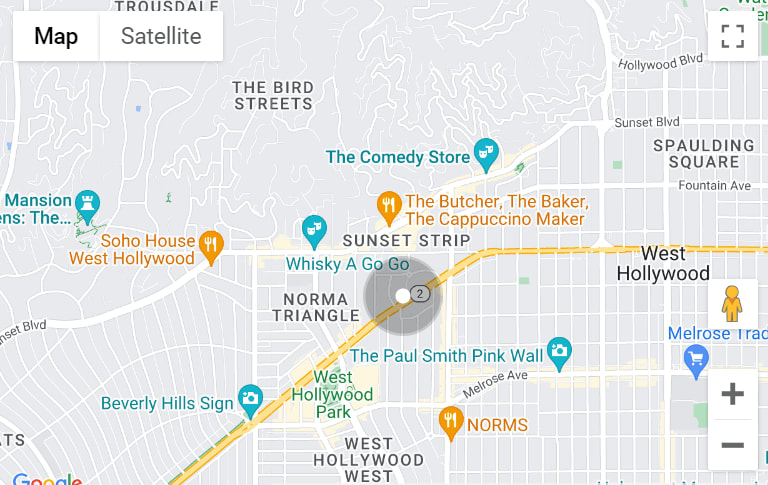Looking for a waterfront home in the Seattle area? Lake Sammamish is a great place to start your search! This lake offers many beautiful homes with a wide variety of architectural styles. In this blog post, we will take a look at some of the most popular styles found on Lake Sammamish. Whether you are looking for a lodge or a modern minimalist home, you're sure to find something that suits your style!
Northwest Contemporary
Northwest Contemporary (NW Contemporary) is a regional version of mid-century modern design and is also called
Northwest Regional. Lake Sammamish waterfront homes for sale in the NW Contemporary style drew influences from the International sub-style of mid-century modern as well as Japanese architecture. This architectural style was popular from the end of the 1930s through the 1960s.
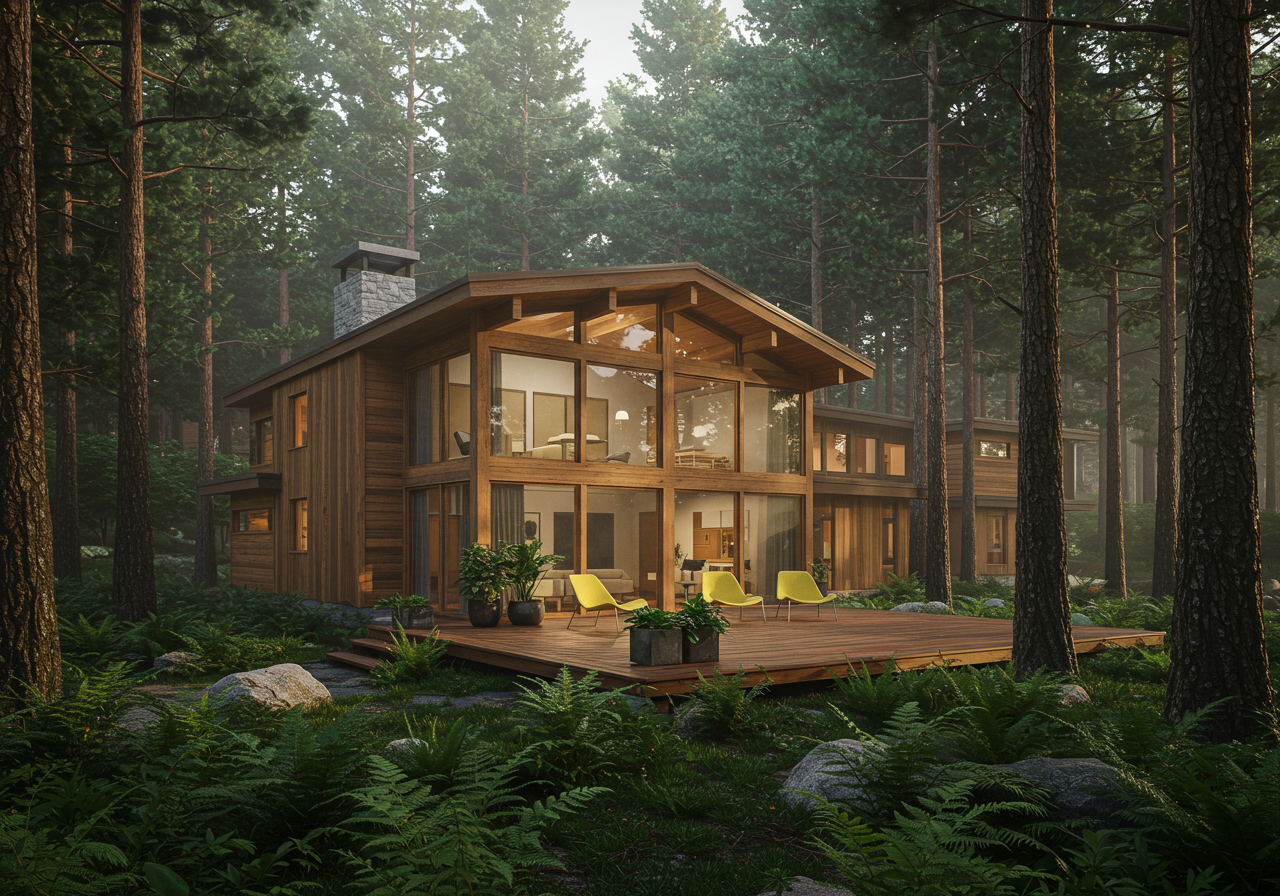 Image courtesy of Margo Allan
Image courtesy of Margo Allan
Buyers of West Lake Sammamish real estate can spot an NW Contemporary home when it includes floor to ceiling windows and values function over form. It is common for the style to include pre-fabricated (pre-fab) elements due to the style's preference for easy construction. Unlike the flat roofs of mid-century modern, an NW Contemporary property includes a roof with a slight slope and deep overhang to help with rain management. The homes were built with sustainability in mind and often used local timber and stone. It is common for an NW Contemporary home's exterior to be wooden and unpainted.
Modern
Modern-style homes were built between the 1930s and 1960s. This style emphasizes function, minimalism, asymmetry, and the use of industrial materials. Buyers of West Lake Sammamish real estate can recognize a Modern style home if it has a roof with an especially large overhang, an abundance of horizontal lines in the design, a distinct lack of decorative elements and ornamentation, and the use of materials like steel, concrete, and glass. These homes often include curtain walls, flat roofs, and ribbon windows.
Cape Cod
Cape Cod is a popular style, and Lake Sammamish waterfront homes for sale in this style are considered cottages. The style was used for homes from 1690 through 1850 and was revived in the 1920s through the 1950s.
A Cape Cod example can be recognized if it is a cottage with one to one and one-half stories, has a fireplace, low ceilings, a steep roof, side gables, and a center door. These homes usually only have two bedrooms. Common materials used in Cape Cod design include oak, pine, and clapboard. While white and blue color schemes are traditional, modern Cape Cod designs often include many other colors.
Craftsman
Craftsman homes were popular in the early 1900s and are most recognizable for their emphasis on handmade designs and the inclusion of natural materials like wood and stone. Buyers can spot a Craftsman home if it includes a low gabled roof with an overhanging eave, a wide front porch with columns that are thick at the bottom and taper to a more narrow profile at the top, and large windows (bay or picture). The Craftsman style is often associated with the bungalow, which is a one-story home.
Traditional
Traditional is not so much an architectural style as a commitment to using local materials and design common to the region. A Traditional architect seeks to build a new property that blends with the neighborhood in a way that honors its past. To do so, a traditional design uses materials that match or come as close as possible to those used for older homes in the area.
Buyers of Lake Sammamish waterfront homes for sale can spot a Traditional home if it is newer construction in an older neighborhood and looks like it has been part of the neighborhood all along. Buyers interested in building their own home may want to hire a traditional architect to build a property that looks natural among its neighbors.
Lodge-Style
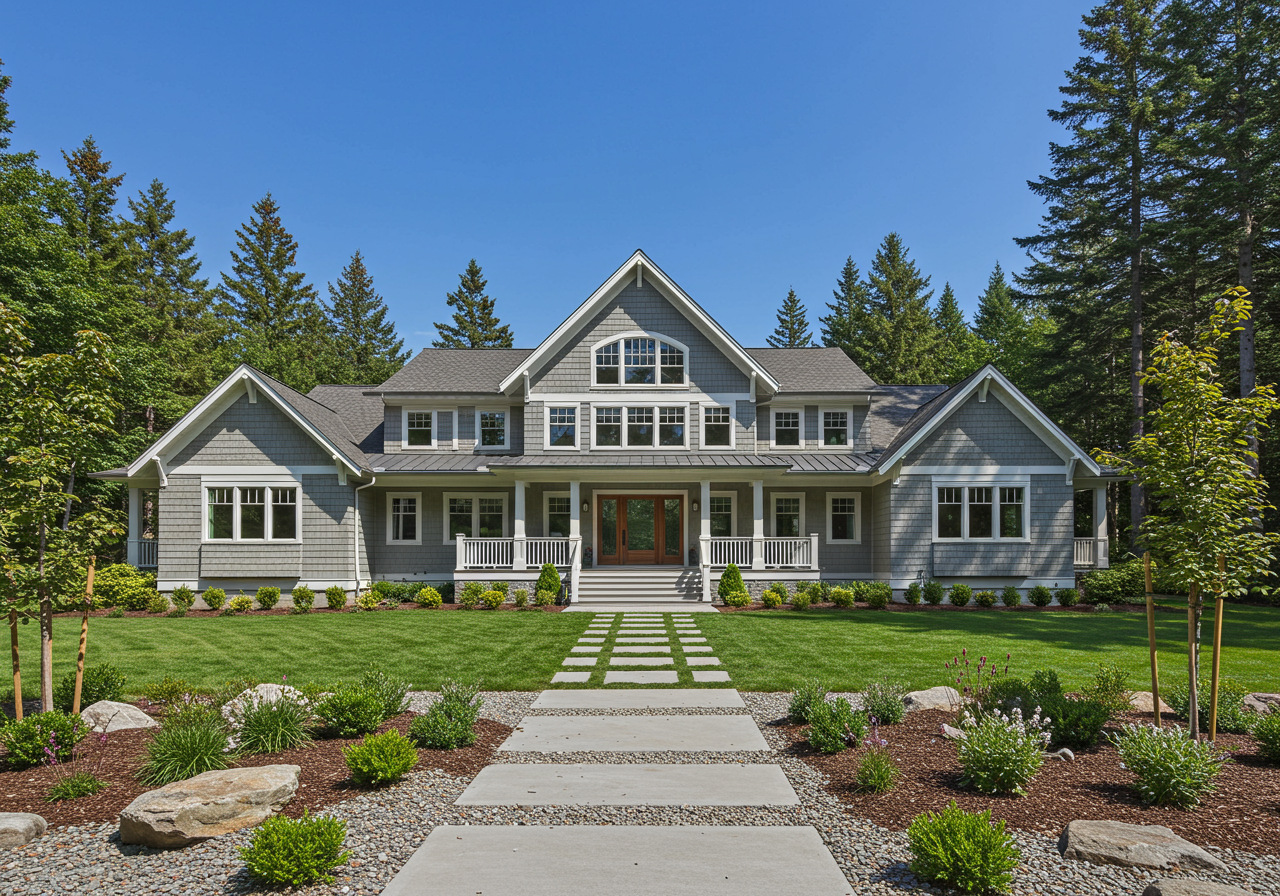
A
lodge-style home, or a Pacific Lodge design, is always made out of local timber and stone. It is common for the property to have a stone base and a wooden structure. Most older lodges were built at a smaller size and later expanded, so it is uncommon to see an open floor plan in older lodge-style properties. New lodge-style properties can include open floor plans and are often styled to resemble a winter retreat. It is not uncommon to see wooden walls on the interior, with exposed beams and high ceilings.
West Lake Sammamish real estate in a lodge style is often seen with a large angled roof with large overhanging eaves to discourage snow from piling up near the house. If the home looks and feels like a log cabin, no matter how small or large, you can be sure you are looking at a lodge-style property.
Mediterranean
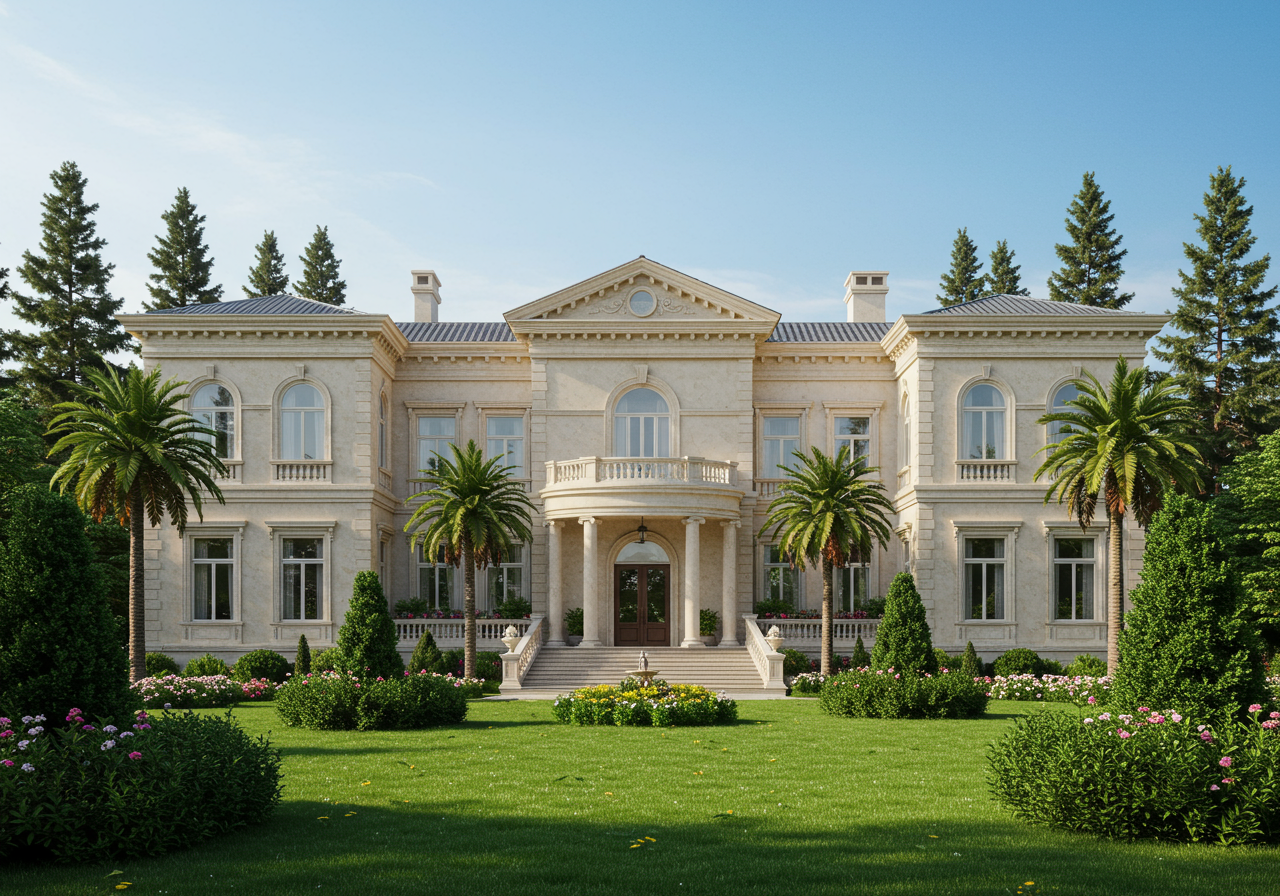 Mediterranean
Mediterranean homes were most popular from 1915 through 1940, though the style has seen a renewed popularity under "Neo-Mediterranean," which includes influences from more countries than the original style, such as Tunisia, Morocco, Algeria, and Cypress.
Mediterranean style Lake Sammamish waterfront homes for sale include design elements from countries around the Mediterranean Sea, such as stucco walls, red roofs with clay tiles, arched doorways, arched windows, and outdoor living spaces (terraces, patios, balconies, etc.). The Mediterranean style is also recognizable for a design that is symmetric, covers one to two stories, and includes wrought-iron ornamentation.
Looking for Lake Sammamish waterfront homes for sale?

Lake Sammamish is a beautiful area that offers waterfront homes with many different architectural styles. Whether you are looking for a traditional home, Cape Cod cottage, or something more modern, there is sure to be a style that fits your needs. If you are interested in buying a home in the Lake Sammamish area, be sure to contact a local professional like
Margo Allan for assistance.
*Header image courtesy of Margo Allan
 Image courtesy of Margo Allan
Image courtesy of Margo Allan


